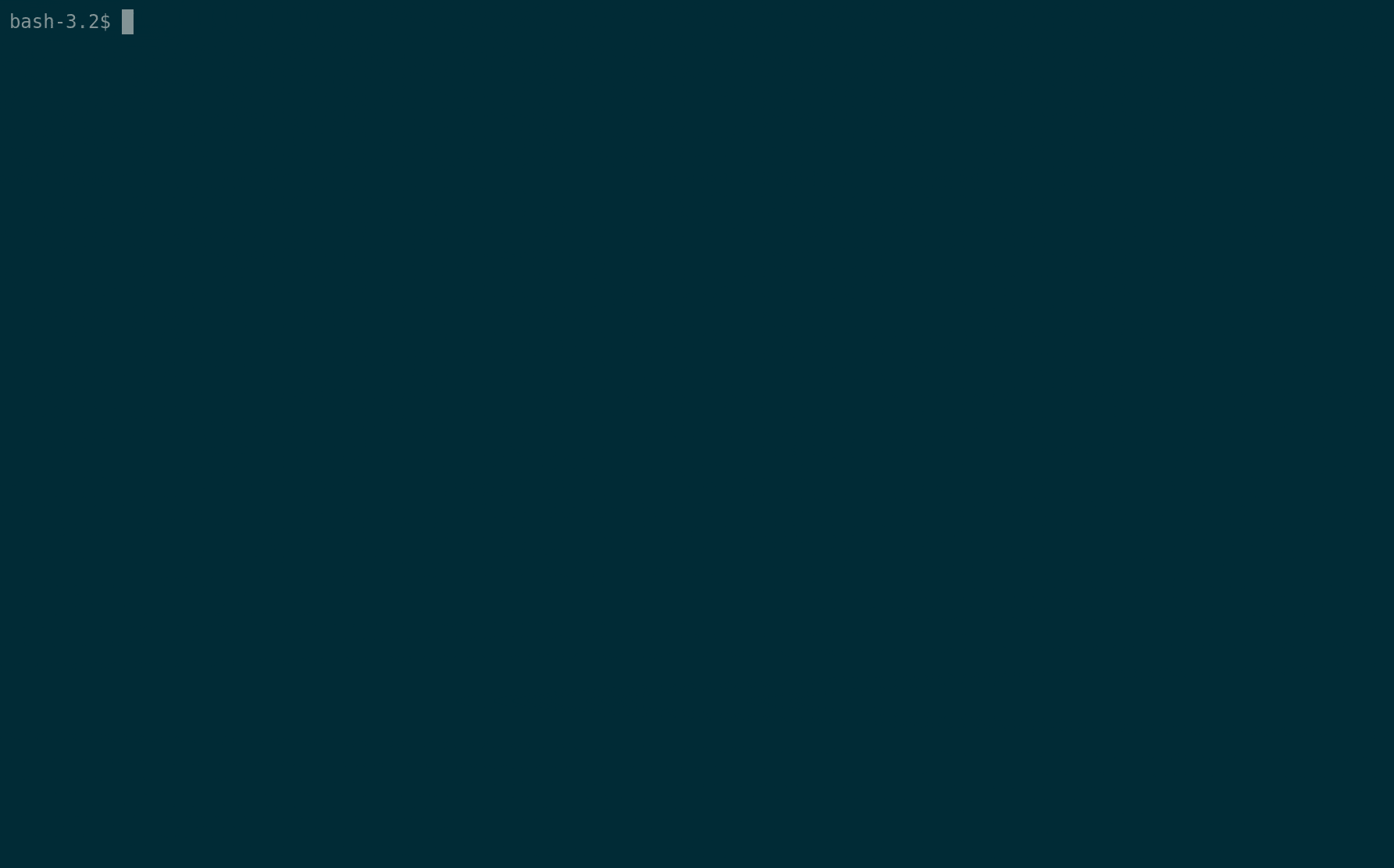Kubebuilder
Kubebuilder is a framework for building Kubernetes APIs using custom resource definitions (CRDs).
Note: kubebuilder does not exist as an example to copy-paste, but instead provides powerful libraries and tools to simplify building and publishing Kubernetes APIs from scratch.
Builde from source for each platforms
miyamoto@macbookpro:>> git clone -b v2.0.0 https://github.com/qiyongxiao/kubebuilder.git $GOPATH/sigs.k8s.io/kubebuilder
miyamoto@macbookpro:>> cd $GOPATH/sigs.k8s.io/kubebuilder
miyamoto@macbookpro:>> vim cmd/version/version.go
var (
kubeBuilderVersion = "v2.0.0"
kubernetesVendorVersion = "v1.13.7"
goos = "linux"
goarch = "mips64le"
gitCommit = "b31cc5d96dbc91749eb49c2cf600bd951a46d4bd" // sha1 from git, output of $(git rev-parse HEAD)
buildDate = "2019-08-31T7:50:00Z"
)
:x
miyamoto@macbookpro:/Users/miyamoto/go/src/sigs.k8s.io/kubebuilder>>make build
go build -o bin/kubebuilder ./cmd
miyamoto@macbookpro:/Users/miyamoto/go/src/sigs.k8s.io/kubebuilder>>./bin/kubebuilder version
Version: version.Version{KubeBuilderVersion:"v2.0.0", KubernetesVendor:"v1.13.7", GitCommit:"b31cc5d96dbc91749eb49c2cf600bd951a46d4bd", BuildDate:"2019-08-31T7:50:00Z", GoOs:"linux", GoArch:"mips64le"}
Installation
It is strongly recommended that you use a released version. Release binaries are available on the releases page. Follow the instructions to install Kubebuilder.
Getting Started
See the Getting Started documentation.
Documentation
Check out the Kubebuilder book.
Resources
- GitBook: book.kubebuilder.com
- GitHub Repo: kubernetes-sigs/kubebuilder
- Slack channel: #kubebuilder
- Google Group: kubebuilder@googlegroups.com
- Planned Work: Sprint Dashboard
- Design Documents: designs.
Motivation
Building Kubernetes tools and APIs involves making a lot of decisions and writing a lot of boilerplate.
In order to facilitate easily building Kubernetes APIs and tools using the canonical approach, this framework provides a collection of Kubernetes development tools to minimize toil.
Kubebuilder attempts to facilitate the following developer workflow for building APIs
- Create a new project directory
- Create one or more resource APIs as CRDs and then add fields to the resources
- Implement reconcile loops in controllers and watch additional resources
- Test by running against a cluster (self-installs CRDs and starts controllers automatically)
- Update bootstrapped integration tests to test new fields and business logic
- Build and publish a container from the provided Dockerfile
Scope
Building APIs using CRDs, Controllers and Admission Webhooks.
Philosophy
See DESIGN.md for the guiding principals of the various KubeBuilder projects.
TL;DR:
Provide clean library abstractions with clear and well exampled godocs.
- Prefer using go interfaces and libraries over relying on code generation
- Prefer using code generation over 1 time init of stubs
- Prefer 1 time init of stubs over forked and modified boilerplate
- Never fork and modify boilerplate
Techniques
- Provide higher level libraries on top of low level client libraries
- Protect developers from breaking changes in low level libraries
- Start minimal and provide progressive discovery of functionality
- Provide sane defaults and allow users to override when they exist
- Provide code generators to maintain common boilerplate that can't be addressed by interfaces
- Driven off of
//+comments
- Driven off of
- Provide bootstrapping commands to initialize new packages
Troubleshooting
-
Bugs and Feature Requests:
If you have what looks like a bug, or you would like to make a feature request, please use the Github issue tracking system. Before you file an issue, please search existing issues to see if your issue is already covered.
-
Slack
For realtime discussion, you can join the #kubebuilder slack channel. Slack requires registration, but the Kubernetes team is open invitation to anyone to register here. Feel free to come and ask any questions.
Contributing
Contributions are greatly appreciated. The maintainers actively manage the issues list, and try to highlight issues suitable for newcomers. The project follows the typical GitHub pull request model. See CONTRIBUTING.md for more details. Before starting any work, please either comment on an existing issue, or file a new one.
